Virtualization has been gaining popularity in the constantly evolving technology industry. It offers the opportunity to optimize infrastructure, save costs, and have better management over the IT environment.
If you need to move a virtual machine or its storage without disrupting its services, you can create multiple virtual machines on one ESXi host and select the one you want. This is called live migration, which lets you switch between virtual machines while keeping the services running without any interruptions.
Two well-known methods for virtualization that are used for live migration are VMware vMotion and Storage vMotion. These technologies allow for the transfer of virtual machines (VMs) and their storage from one physical server, storage device, or data center to another with minimal interruption. While there are similarities between the two, there are also notable distinctions.
There is a notable distinction in the approach used by both technologies for transferring VMs and their associated storage. In order to determine the suitable option, it is important to have a clear understanding of their functioning. Hence, this blog will present a summary of the functionalities of VMware vMotion and Storage vMotion, and highlight their significant disparities. Additionally, the benefits and obstacles of each technology will also be outlined.
By utilizing this information, you will be able to make well-informed decisions when it comes to maximizing the value of your virtualization investment through the use of these technologies.
An Introduction to VMware vMotions and Its Functioning
The technology known as VMware vMotion allows for the live transfer of a virtual machine from one physical server to another without any interruption. This feature is beneficial for enhancing the performance and availability of VMs through server consolidation, maintenance, and load-balancing capabilities. Other than reducing downtime, this process also results in improved efficiency and utilization of resources in the data center by combining multiple resources and optimizing hardware usage.
Moreover, actively migrating virtual machines from older machines will prevent large-scale disruptions or loss of data. This applies to machines that are approaching the end of their lifespan or those that consistently exhibit poor performance. Essentially, utilizing vMotion will enhance the scalability and availability of your IT infrastructure, while also improving adaptability and maximizing hardware efficiency.
Understanding the Mechanism of Vmware vMotion
The process of vMotion involves producing a duplicate of the virtual machine on the target server, transferring the memory and CPU state data from the source server. This is followed by promptly establishing network connections between the two servers.
To properly set up a VMware ESXi host for vMotion, there are multiple aspects that must be taken into account, such as:
- Checking that the CPU architecture is suitable for both the source and target ESXi host.
- Having entry to the data stores that contain the virtual machine VMDKs.
- Utilizing identical labels for VMware Standard vSwitches (VSS) to maintain network connectivity during vMotion.
- Verifying consistency of physical network connections and labels among the ESXi hosts.
- Requiring at least a gigabit network connection.
- Activating a vmkernel port with the vMotion feature.
Difficulties in Utilizing VMware vMotion
As a business owner, it is important to understand both the advantages and disadvantages of utilizing VMware vMotion, a powerful tool with numerous benefits.
A major limitation of vMotion is its dependency on a constant connection between the source and destination servers. If this connection is interrupted, the migration will fail and the virtual machine will be unable to function. Furthermore, the migration process may be lengthy, resulting in potential unresponsiveness of the virtual machine and a longer migration time.
One drawback of vMotion is its resource-intensive nature for both the source and destination servers. The migration can only be successful if both servers have sufficient resources. In addition, if the vMotion operation is disrupted, the virtual machine may no longer be able to function.
One of the difficulties in managing and resolving issues with vMotion is the complexity of handling a large environment. It is imperative to properly set up and consistently maintain the domain in order to achieve successful migrations.
Introduction to Storage vMotion and its Functionality
The vSphere product (vSphere Suites) includes a function called Storage vMotion, which enables the transfer of a virtual machine’s storage from one datastore to another without interrupting its operation.
During vMotion, the RAM and CPU state of a VM is transferred while Storage vMotion moves the complete contents of the virtual disk file, including all data and applications, from one datastore to another. This simplifies storage management and allows for seamless data transfer between different storage types without interrupting the VM’s operations. Storage vMotion is particularly useful for maintenance tasks, as it enables the implementation of potentially disruptive storage services without affecting virtual machines. For example, VMFS upgrades can be carried out without causing any downtime to the virtual machines.
By utilizing storage vMotion, it is possible to transfer VMs between different storage devices while they are still running. This allows for necessary maintenance tasks to be completed. Additionally, storage vMotion can also adjust storage load or remaining capacity by moving virtual machines.
The Mechanics of Storage vMotion
The process of vMotion consists of three primary stages. Initially, you must choose the virtual machines that you wish to transfer. This selection can include either multiple VMs simultaneously or a single VM.
To begin, the second step involves choosing the desired destination for the data store to which the VMs will be transferred. The third and final step is to start the process of Storage vMotion.
Commencing the migration process for Storage vMotion, the technology utilizes vSphere’s changed block tracking (CBT) mechanism to replicate the data of the transferred virtual machine. CBT is essential in this phase as it ensures the integrity of the data during the VM transfer.
Afterward, the server must verify the modules produced by CBT once more in order to replicate the virtual machine in its designated new spot. This sequence persists until the initial VM and its duplicate in the new position are synchronized. Once the operation is halted, the system will redirect to the new location of the VM’s image. In order to successfully conduct the live migration, certain requirements must be fulfilled. These requirements encompass:
- The virtual disks for the virtual machine should either be set to persistent mode or RDMs.
- While VMware Tools is installed, the virtual machine cannot be migrated using storage vMotion.
- When transitioning from a newer version to an older one, the VMFS versions must be considered and the disk size may need to be adjusted accordingly.
- A valid storage vMotion license is required for the host.
- For hosts running ESXi 4.0 and above in VMware vSphere, vMotion configuration is not needed.
Difficulties with storage vMotion Usage
In previous discussions, it has been established that Storage vMotion is a valuable resource for effectively transferring your VMs while they are still running. However, it is important to note that this tool does have its limitations which should be considered before implementing it in your migration procedure.
An important downside is the longer timeframe required. This limitation is due to the fact that Storage vMotion needs to migrate all the data from a virtual disk file, which can consume a considerable amount of time. Moreover, if the process of Storage vMotion is interrupted, it may result in the virtual machine being unable to function properly.
Moreover, the implementation of Storage vMotion necessitates a notable allocation of network bandwidth, which can prove to be quite a daunting task in a considerable setting. Additionally, setting up and handling Storage vMotion can pose challenges, especially in the case of a vast domain.
In conclusion, the cost of Storage vMotion can be high due to the need for extra storage hardware to transfer the data stored in the virtual disk file.
A Comparison between VMware vMotion and Storage vMotion
Both VMware vMotion and storage vMotion are useful tools for handling virtual environments, however, they have distinct features. Despite some shared characteristics, their main objectives differ and there are noticeable distinctions between them.
Both VMware vMotion and Storage vMotion share the common purpose of managing components in a virtual environment. While VMware vMotion is responsible for transferring virtual machines (VMs) between physical servers, Storage vMotion handles the movement of virtual disks between storage locations. These technologies play a crucial role in enhancing the efficiency of virtualization and minimizing downtime during migration. Additionally, both methods possess the capability to relocate VMs and their associated data without causing any disruptions. This seamless transfer of virtual machines and their data enables smooth management of virtual environments without any interruptions.
Distinctions between VMware vMotion and Storage vMotion
The main contrast between VMware vMotion and Storage vMotion lies in the type of data that they transfer. While VMware vMotion relocates virtual machines (VMs) and all their corresponding elements like the operating system, applications, settings, and configurations, Storage vMotion only moves the virtual disk linked to the VM. Another distinction between the two technologies is the speed at which data is transferred. Generally, VMware vMotion is significantly faster than Storage vMotion, as the latter takes more time to transfer the associated data. Moreover, Storage vMotion is most efficient when moving data between physical storage locations, whereas VMware vMotion can transfer VMs between physical servers.
Concluding Idea
VMware vMotion and Storage vMotion are robust tools that facilitate the smooth and effective transfer of workloads across various environments. With VMware vMotion, virtual machines can be moved and their associated data can be transferred live between different vSphere hosts. Similarly, Storage vMotion allows for the dynamic movement of virtual disks between different datastores.
In order to minimize downtime, optimize resource usage, and achieve optimal performance for your virtual workloads, it is crucial to utilize both technologies. Therefore, it is important to carefully assess your current IT infrastructure, financial situation, and the specific needs of your organization before deciding between the two options.
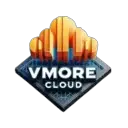
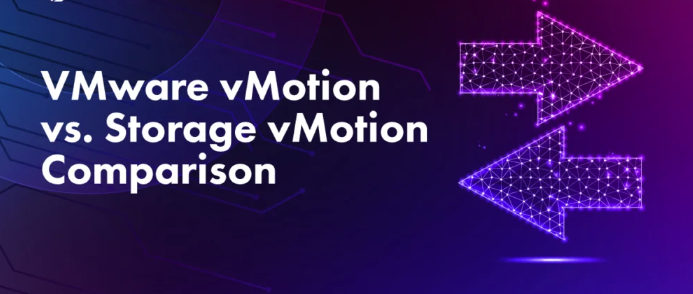
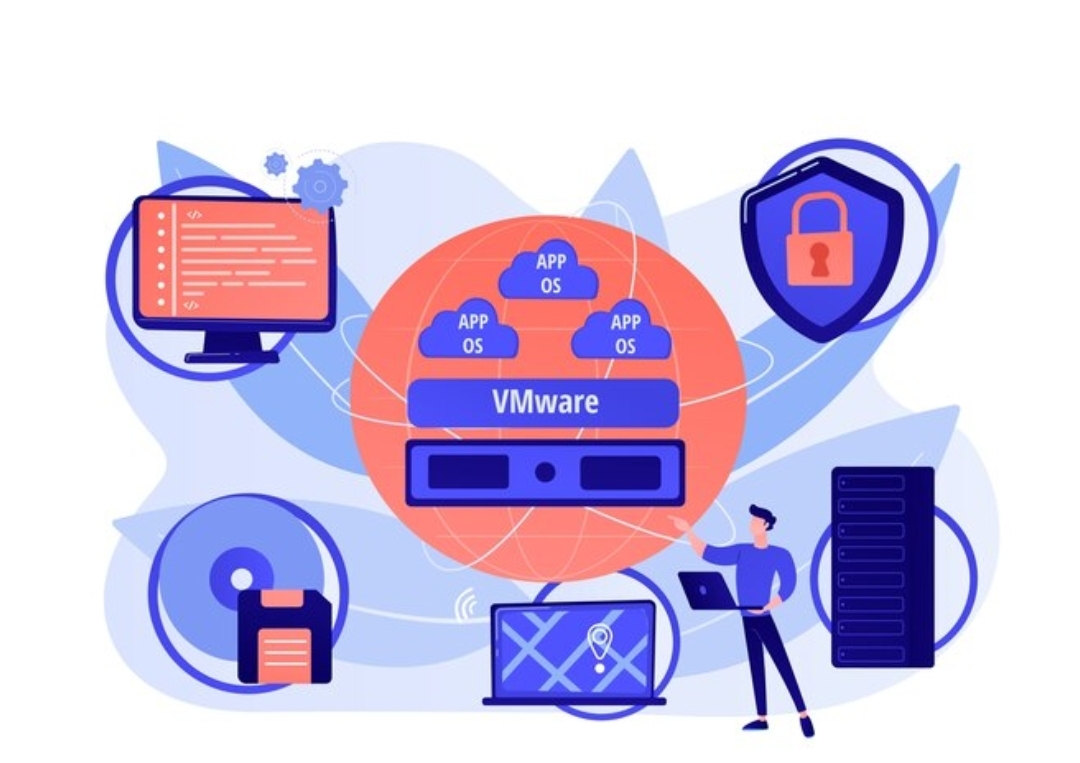

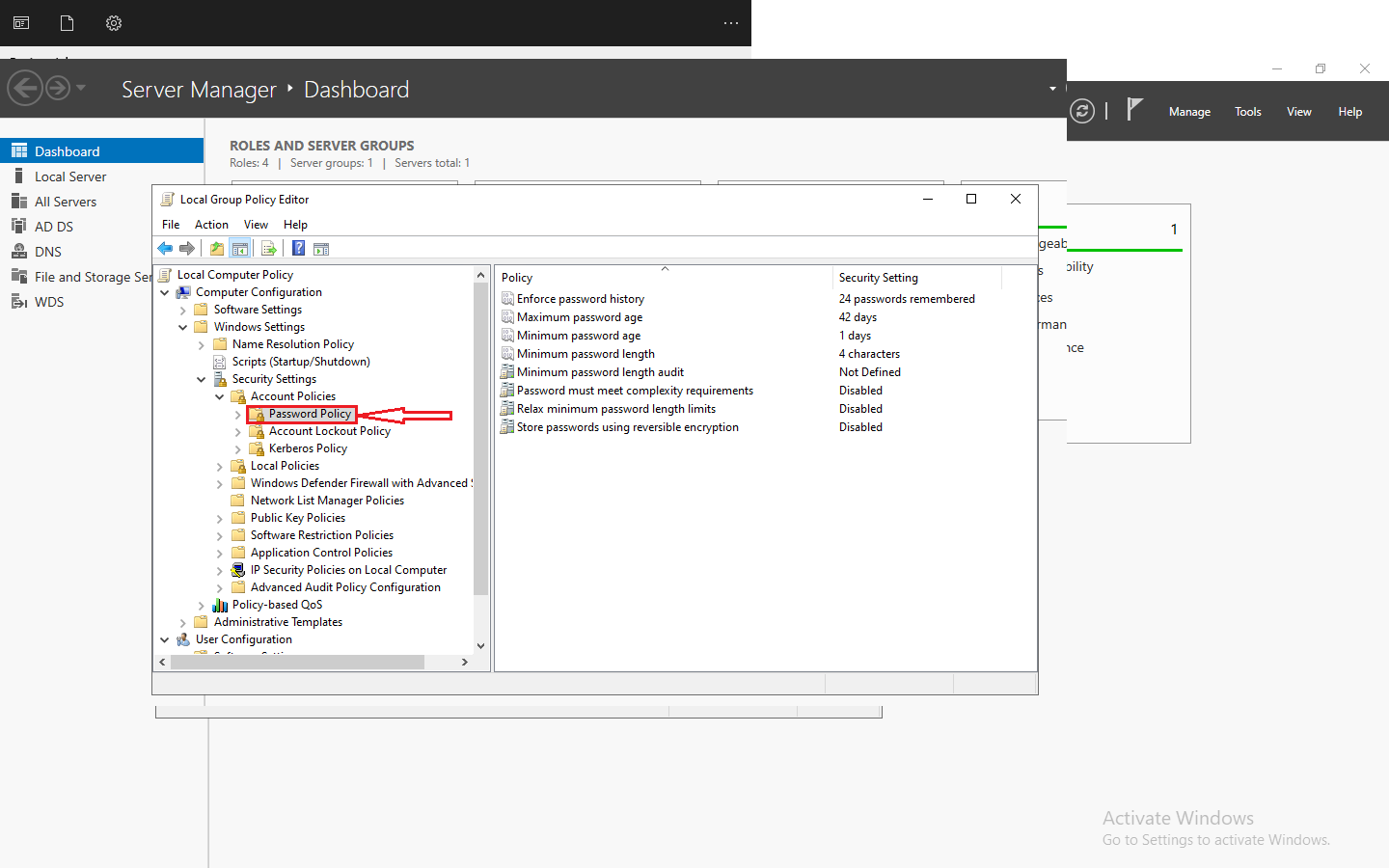



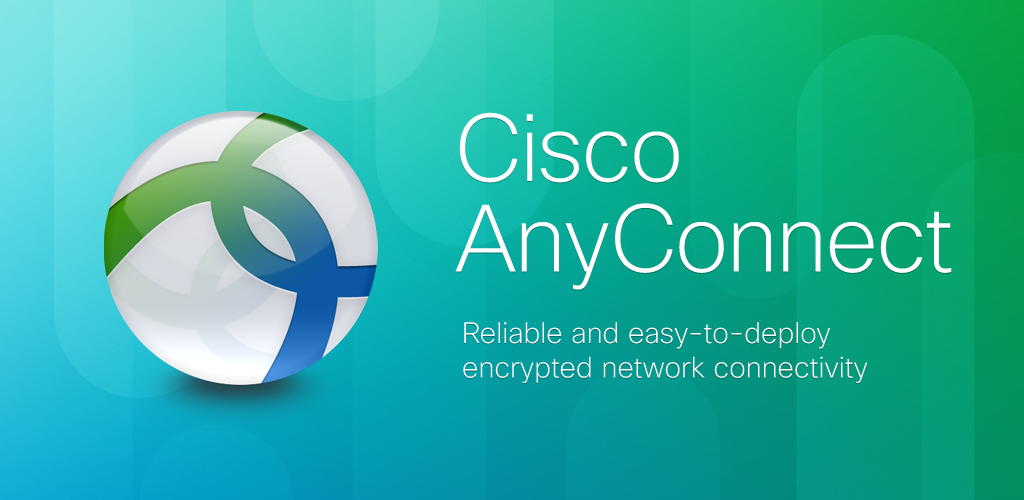





Comments 1